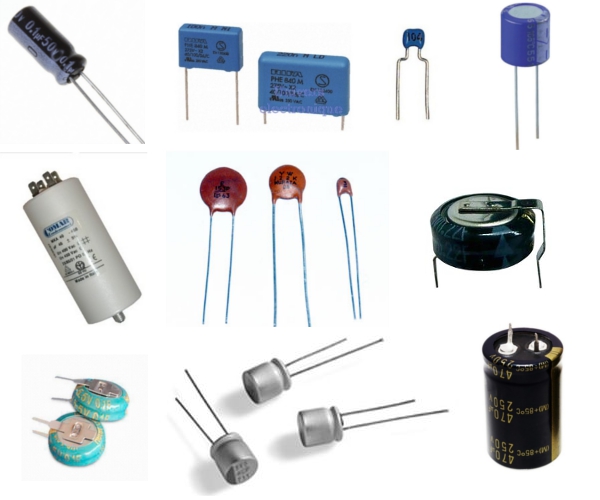The capacitor element is called the electronic equipment, which is capable of accumulating electric charge. Modern products are small in size and are fully dedicated. Good, qualitative capacitor buy please visit http://electrotm.ua.
application
Capacitors are used to:
- energy generation and storage;
- production of certain configurations of electrical fields;
- reduce voltage fluctuations in the power supply devices;
- emission of electromagnetic waves in the radio frequency range.
The simplest example is a parallel-plate capacitor. It consists of two parallel skins separated by a dielectric layer.
types of capacitors
Today issued three main types of capacitors. It can be:
- ceramic capacitors;
- electrolytic capacitors;
- Plastic Capacitors.
ceramic capacitors.
There may be only one dielectric layer, or consist of several layers (then they are called multilayer). The ceramic capacitors use different classes of ceramic materials.
electrolytic capacitors
The process of this type wear products largely depends on electrolyte. This may occur as a result of solvent drying, which they use. Therefore, the higher the capacitor temperature, the faster evaporation of the solvent and the faster the wear process.
Capacitors Plastic
Covers such capacitor plates are made of plastic, to which is applied a layer of metal. Usually, this aluminum. For the manufacture of plastic capacitors used polyester or polycarbonate. This material, allowing to obtain thin plates. Their thickness may be as 1 millimeters. This makes it possible to produce small-size capacitors and at affordable prices.
The main characteristics of capacitors
Capacity
The main quantity, characterizing capacitors, is their capacity (C). It determines the ability of a capacitor to accumulate an electric charge, and it depends on the geometrical configuration of the cover, as well as the dielectric insulator therebetween. capacitance is primarily dependent on the type of dielectric (rated), as well as capacitor sizes (real capacity). The unit of capacitance in Farads SI is (F).
Rated voltage
Another parameter is the nominal voltage of the capacitor. This is the maximum value, which can flow to the condenser. If it is connected to a higher voltage, this will lead to a short circuit. This value depends on the dielectric type and its thickness.
surge voltage
Each capacitor also has a certain pulse voltage. This value determines the maximum value of the charging and discharging rate of the capacitor. If the current is very high, this may even lead to electrode melting and evaporation. For different products, these values may be different.












